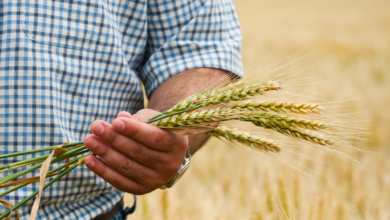
The farm to table trend has grown in popularity over the years, and it’s easy to see why. Eating local, in-season produce, as well as knowing where your food comes from and who grew it, is becoming increasingly important to more and more people. In this blog post, we’ll explore the various aspects of the farm to table trend, from soil to plate, and discuss the benefits of choosing local, sustainable food. We’ll also look at some of the challenges that come with embracing the farm to table lifestyle.
What is Farm to Table?
The farm to table movement, also known as farm to fork or farm to plate, is a food production and consumption philosophy that emphasizes locally sourced and minimally processed food. It is all about shortening the supply chain between farmers and consumers, allowing people to have a direct connection with their food.
In the farm to table model, food is harvested at its peak freshness and transported a short distance, reducing the need for long-distance transportation and preserving the natural flavors and nutrients of the produce. This not only ensures that consumers enjoy the best quality and taste, but it also promotes environmental sustainability by reducing carbon emissions associated with long-haul transportation.
At the heart of the farm to table movement is the focus on supporting local farmers and businesses. By purchasing locally grown food, consumers are directly contributing to their community’s economy and helping to create a more sustainable food system. Additionally, by buying directly from farmers, consumers can learn about the farming practices used, ensuring that their food is grown in an environmentally responsible and ethical manner.
Farm to table also prioritizes the use of seasonal produce, which encourages people to eat a diverse range of fruits and vegetables throughout the year. This not only provides a wider variety of nutrients, but it also supports the natural growing cycles of plants, reducing the need for excessive artificial inputs like pesticides and fertilizers.
In essence, the farm to table movement is a return to the roots of food production and consumption. It promotes a deeper understanding and appreciation for where our food comes from, and it empowers consumers to make more conscious and sustainable choices. By embracing farm to table practices, we can create a stronger and more resilient food system for future generations.

Benefits of Farm to Table
Eating farm to table has a plethora of benefits for both individuals and communities. By choosing locally sourced, sustainable food, you are not only improving your own health, but you are also supporting local economies, reducing environmental impact, and promoting a more equitable food system.
One of the key benefits of the farm to table movement is the superior taste and quality of the food. Locally sourced produce is harvested at its peak ripeness, ensuring that you are getting the freshest and most flavorful ingredients. This translates into tastier meals that are bursting with natural flavors and nutrients. The vibrant colors, textures, and aromas of farm to table food can truly elevate your culinary experience.
In addition to the enhanced taste, choosing farm to table supports local farmers and businesses. By purchasing directly from farmers or local markets, you are investing in your community’s economy and supporting small-scale agriculture. This creates jobs and helps to preserve farmland, contributing to the overall well-being and resilience of the local food system. Furthermore, the direct connection between farmers and consumers fosters trust and transparency. You can learn about the farming practices used and even visit the farms to see where your food comes from, promoting a deeper sense of food security and satisfaction.
Embracing the farm to table trend also has positive environmental impacts. By shortening the supply chain, you are reducing the carbon emissions associated with long-distance transportation. This means a smaller carbon footprint and a more sustainable way of eating. Furthermore, local, seasonal produce often requires fewer artificial inputs like pesticides and fertilizers, which reduces chemical pollution and promotes healthier ecosystems.
Farm to table also encourages a diverse and nutritious diet. By eating what is in season, you are naturally incorporating a variety of fruits and vegetables into your meals. This ensures a wider range of nutrients, vitamins, and minerals that are essential for optimal health. Additionally, the emphasis on seasonal eating supports the natural growing cycles of plants and reduces the need for excessive water and energy resources.
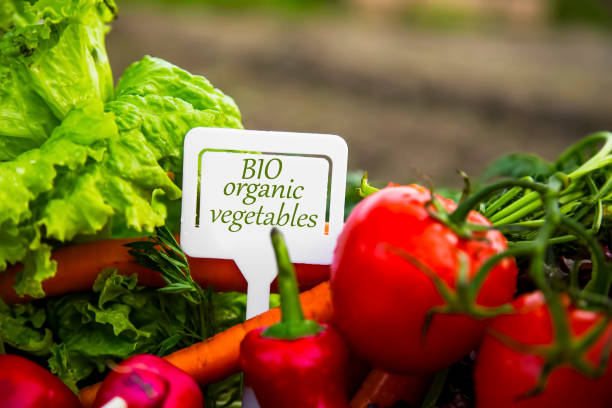
The Farm to Table Movement’s Impact on Local Economies
The farm to table movement is more than just a way to eat fresh, delicious food—it has a significant impact on local economies as well. By choosing to support local farmers and businesses, you are helping to create a more vibrant and sustainable food system in your community.
When you buy directly from local farmers, you are investing in their success. This means that they can continue to grow and produce high-quality food, creating jobs and supporting the local economy. The money you spend at farmer’s markets and local food co-ops stays in the community, circulating and benefiting everyone. It’s a win-win situation—you get fresh, nutritious food, and the farmers get the support they need to thrive.
Moreover, the farm to table movement helps to preserve farmland. When you support local agriculture, you are helping to ensure that valuable land stays in production instead of being sold off for development. This is essential for maintaining the beauty and sustainability of our communities.
The farm to table movement also fosters community connections. When you buy directly from farmers, you can meet the people who grow your food and learn about their practices. This creates a sense of trust and transparency, as well as a deeper appreciation for the hard work that goes into food production. It’s a chance to support real people who care about the land and the health of their communities.
In addition to these economic benefits, the farm to table movement promotes food security. By supporting local agriculture, we are less reliant on long-distance supply chains, reducing the vulnerability to disruptions and ensuring a stable food supply for everyone.
By choosing farm to table, you are not only enjoying delicious meals but also making a positive impact on your local economy. It’s an opportunity to support the hardworking farmers and businesses in your community, preserve valuable farmland, and create a more sustainable and resilient food system for all. So, next time you have the chance, choose farm to table and reap the rewards for yourself and your community.
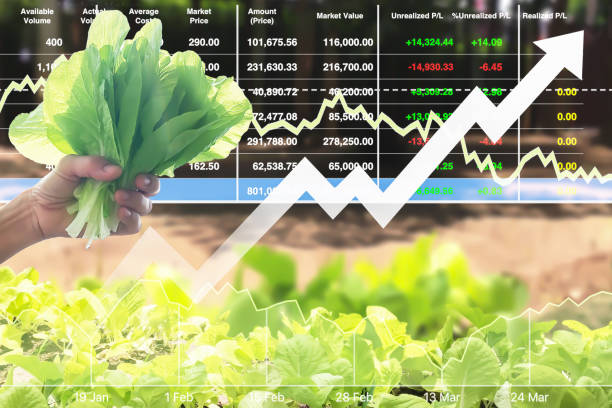
Farm to Table and Sustainability
Sustainability is a crucial aspect of the farm to table movement. By choosing locally sourced, sustainable food, we are not only nourishing ourselves but also taking care of the planet we call home.
One of the key ways in which farm to table promotes sustainability is through the reduction of carbon emissions. With a focus on shortening the supply chain, farm to table reduces the need for long-haul transportation of food. This means fewer trucks on the road, less fuel consumption, and ultimately, a smaller carbon footprint. By choosing local produce, you are contributing to the fight against climate change.
Furthermore, farm to table encourages the use of organic and regenerative farming practices. Many small-scale local farmers prioritize sustainable farming methods that minimize the use of synthetic pesticides and fertilizers. Instead, they utilize natural techniques like crop rotation, cover cropping, and composting. This not only helps to protect soil health and biodiversity but also reduces the negative impact of chemicals on our ecosystems.
Another aspect of sustainability within the farm to table movement is the promotion of food waste reduction. By consuming locally sourced food, we are supporting the use of whole foods and reducing the amount of produce that goes to waste. Local farmers often have relationships with local food banks or organizations that help redistribute surplus produce, ensuring that no edible food goes to waste.
Farm to table also embraces the concept of seasonality, which contributes to sustainability. Eating seasonally means consuming food when it naturally grows, without relying on artificial inputs like heated greenhouses or long-distance transportation. This helps to conserve energy and water resources while supporting the natural cycles of plant growth.
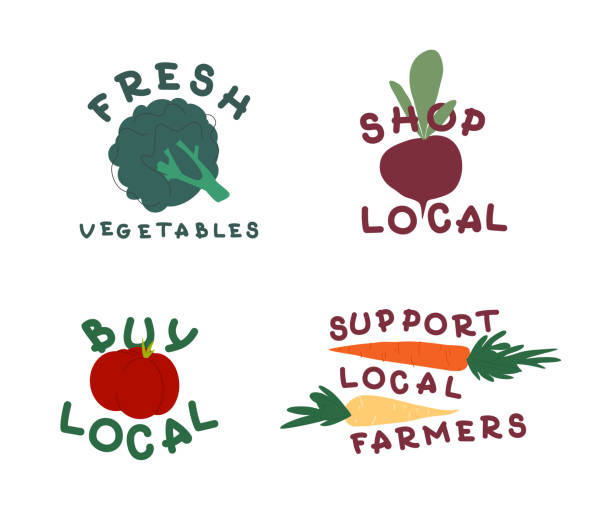
How to Support the Farm to Table Movement in Your Community
Now that you understand the importance and benefits of the farm to table movement, you might be wondering how you can support it in your own community. Well, I’m here to tell you that there are plenty of ways to get involved and make a difference!
First and foremost, one of the easiest ways to support the farm to table movement is by shopping at your local farmer’s market or joining a community-supported agriculture (CSA) program. By purchasing directly from local farmers, you are not only getting the freshest, most nutritious produce, but you are also directly supporting the local economy. Plus, you’ll get to know the people who grow your food and build connections within your community.
Another way to support the farm to table movement is by eating seasonally. Pay attention to what fruits and vegetables are in season in your area and incorporate them into your meals. Eating seasonally not only supports the natural growing cycles of plants but also reduces the need for excessive artificial inputs. Plus, you’ll be amazed at how much more flavorful and vibrant seasonal produce can be!
Additionally, consider starting your own backyard garden or participating in a community garden. Growing your own food is not only a rewarding and sustainable activity but also a great way to get to know your neighbors and promote self-sufficiency. Even if you don’t have a green thumb, there are plenty of resources available to help you get started.
Lastly, spread the word! Share your farm to table experiences with friends and family, and encourage them to join you in supporting local farmers. Host a farm to table dinner party, where everyone brings a dish made with locally sourced ingredients. By educating and inspiring others, you can help create a ripple effect of positive change in your community.
Remember, every small action makes a difference. By supporting the farm to table movement in your community, you are not only nourishing yourself and your loved ones with fresh, sustainable food, but also contributing to the growth of a more resilient and equitable food system.
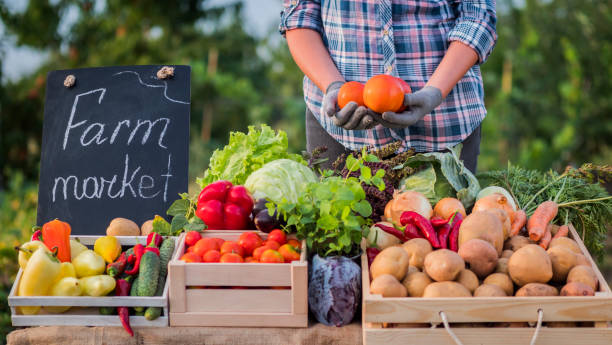
Challenges Facing Farm to Table and Possible Solutions
As much as we love the farm to table trend, it’s important to acknowledge that there are also challenges that come with embracing this lifestyle. One of the main challenges is accessibility. Not everyone has easy access to farmers’ markets or local food co-ops, especially in urban areas. This can make it delicate for individualities to find and buy locally sourced food.
To address this challenge, communities can work together to increase access to farm to table options. This can be done by advocating for more farmers’ markets, supporting initiatives that bring fresh produce to under served areas, and encouraging local grocery stores to carry more locally sourced products. Additionally, supporting community gardens and urban farming initiatives can help provide fresh, local food in areas where it may not be readily available.
Another challenge is the higher cost associated with farm to table food. Locally sourced, sustainable food often comes with a higher price tag due to the increased labor and care that goes into its production. This can make it delicate for some individualities and families to go.
To overcome this challenge, communities can work towards making farm to table food more affordable and accessible to all. This can be done through initiatives such as food subsidies, community-supported agriculture programs with sliding-scale pricing, and partnerships with local organizations to provide low-cost options for those in need. Additionally, education about the long-term health and environmental benefits of farm to table food can help individuals see the value in investing in their food choices.
Lastly, a challenge faced by the farm to table movement is the need for greater education and awareness. Many people are still unfamiliar with the concept and benefits of farm to table food, and may not fully understand its importance.
To address this challenge, communities can focus on education and outreach efforts. This can include hosting workshops and cooking classes that highlight the benefits of farm to table food, creating educational resources for schools and community centers, and partnering with local organizations to raise awareness about the movement. By increasing education and awareness, more individuals can become informed consumers and advocates for the farm to table lifestyle.

In conclusion, while the farm to table movement offers numerous benefits, it also comes with its fair share of challenges. However, by working together as communities, we can find solutions to these challenges and create a more sustainable and equitable food system for all. From increasing access to farm to table options, to making it more affordable and educating others about its importance, we can overcome these challenges and continue to support local farmers, nourish our bodies, and take care of the planet we call home.

